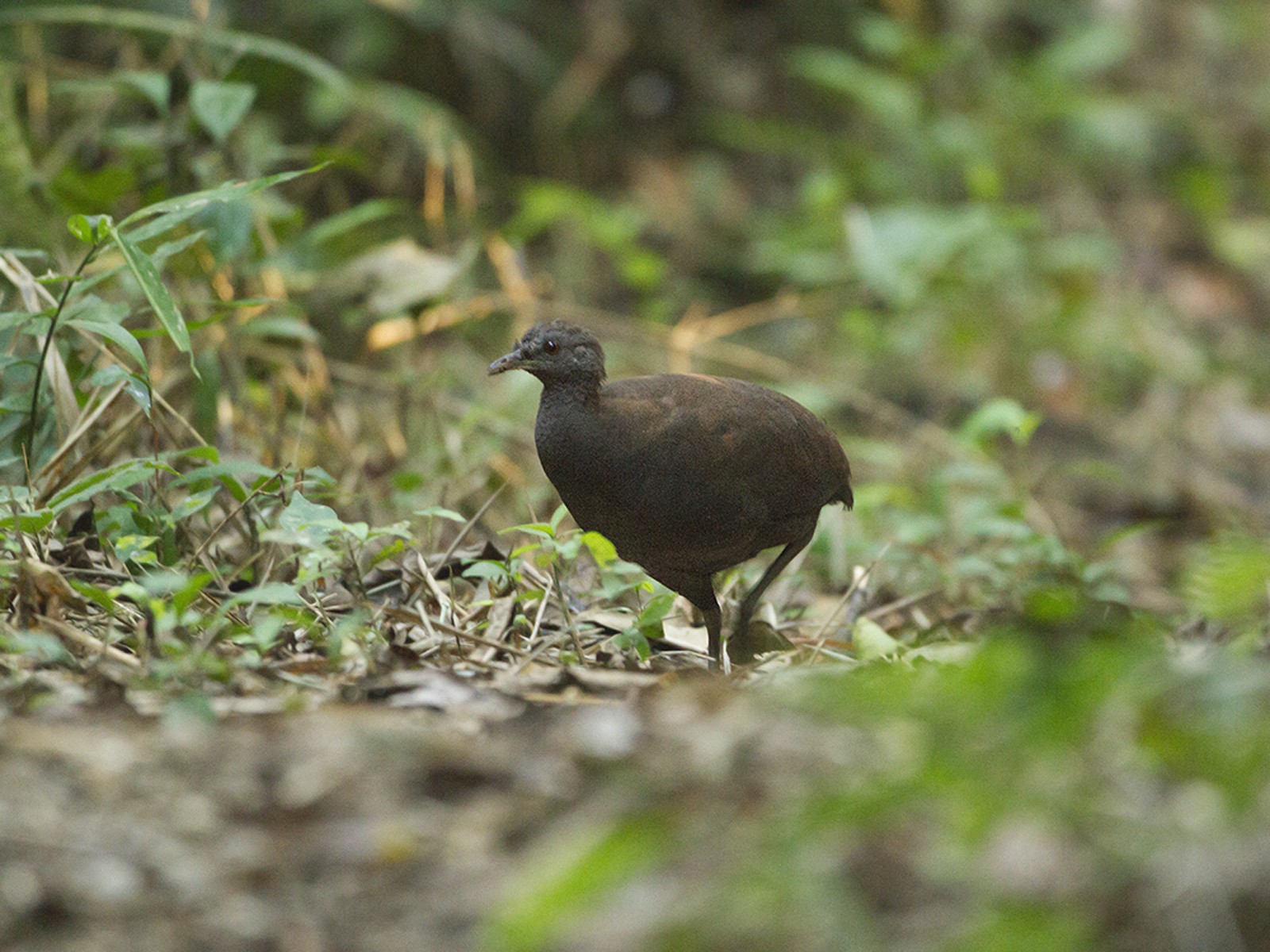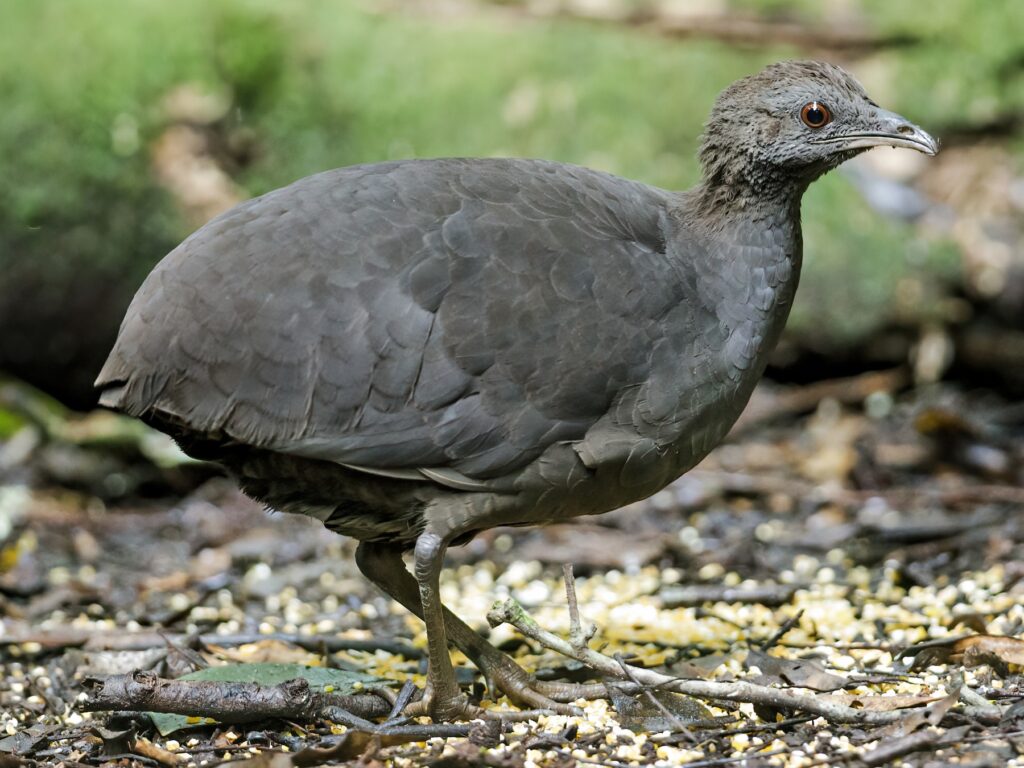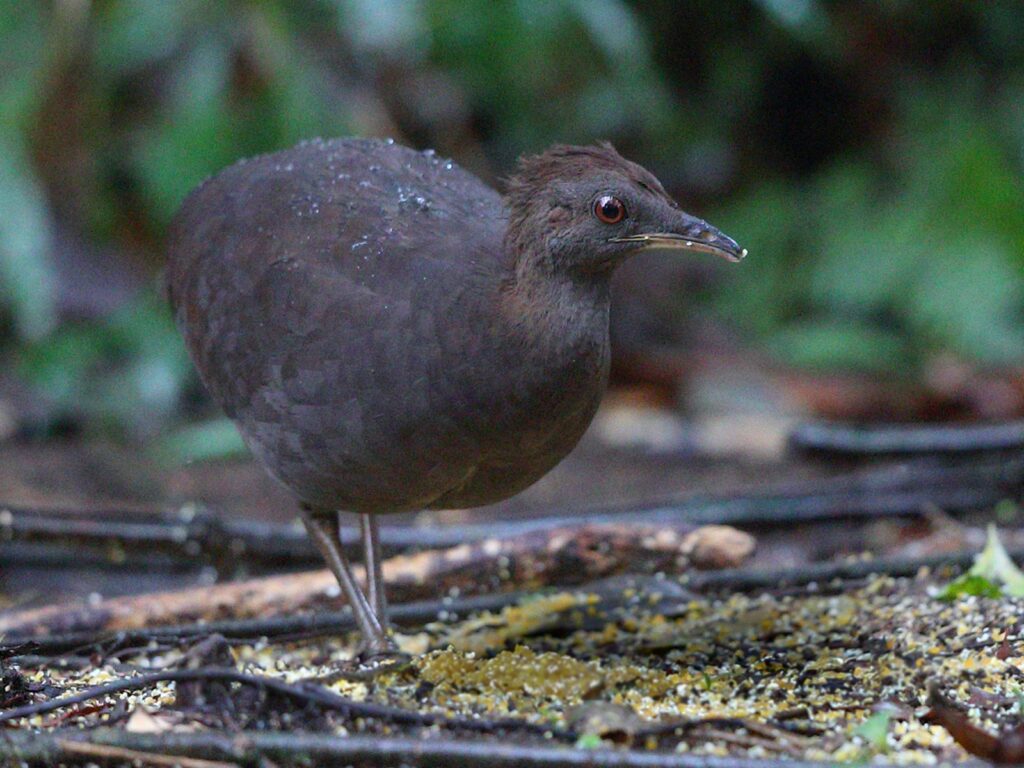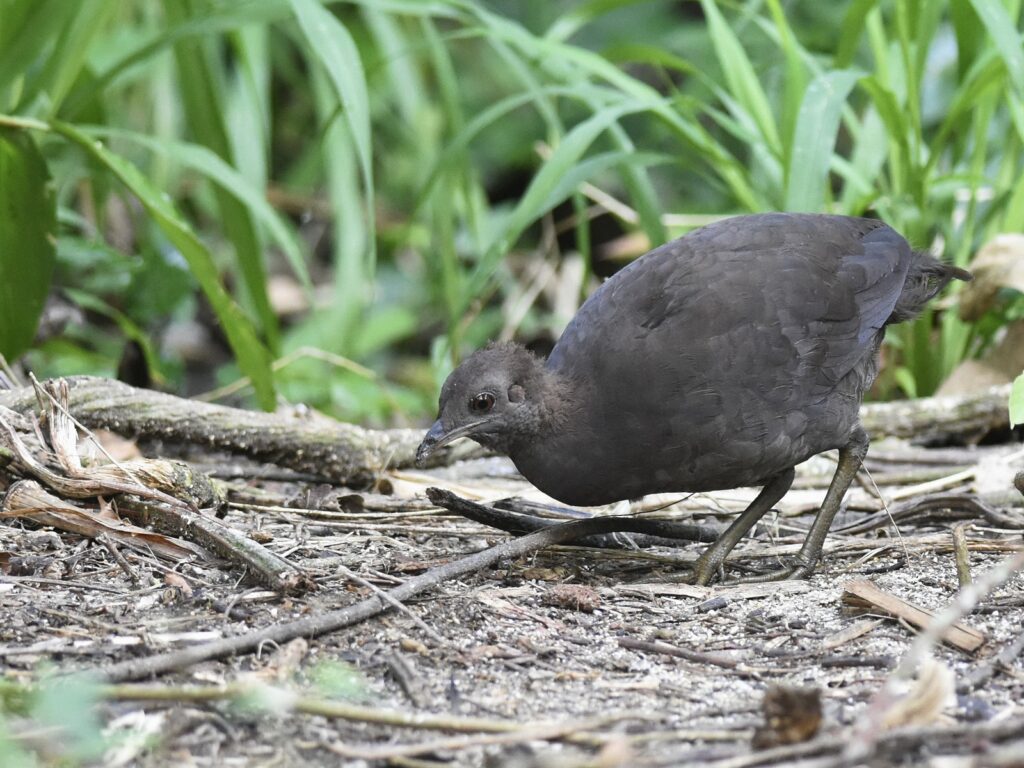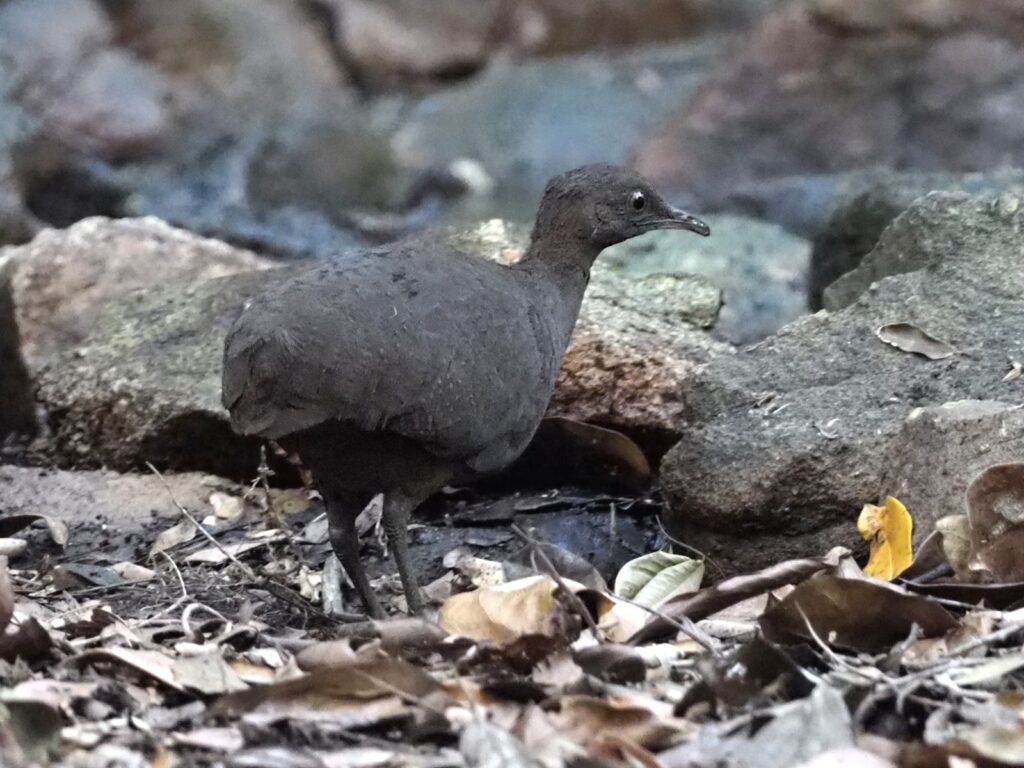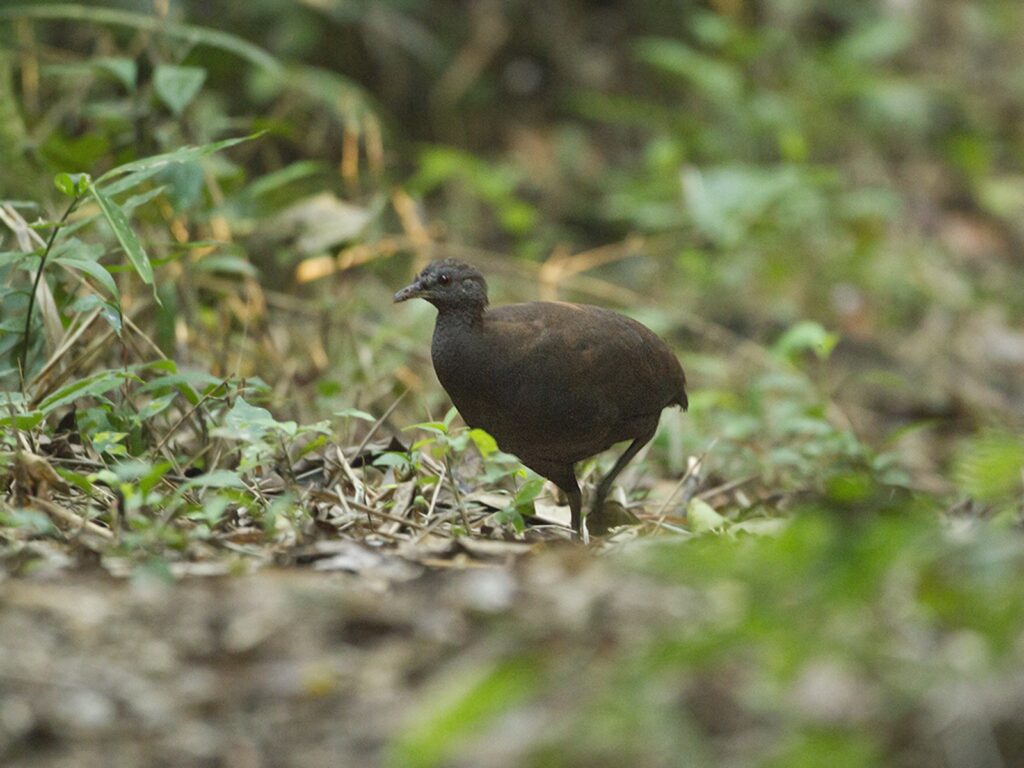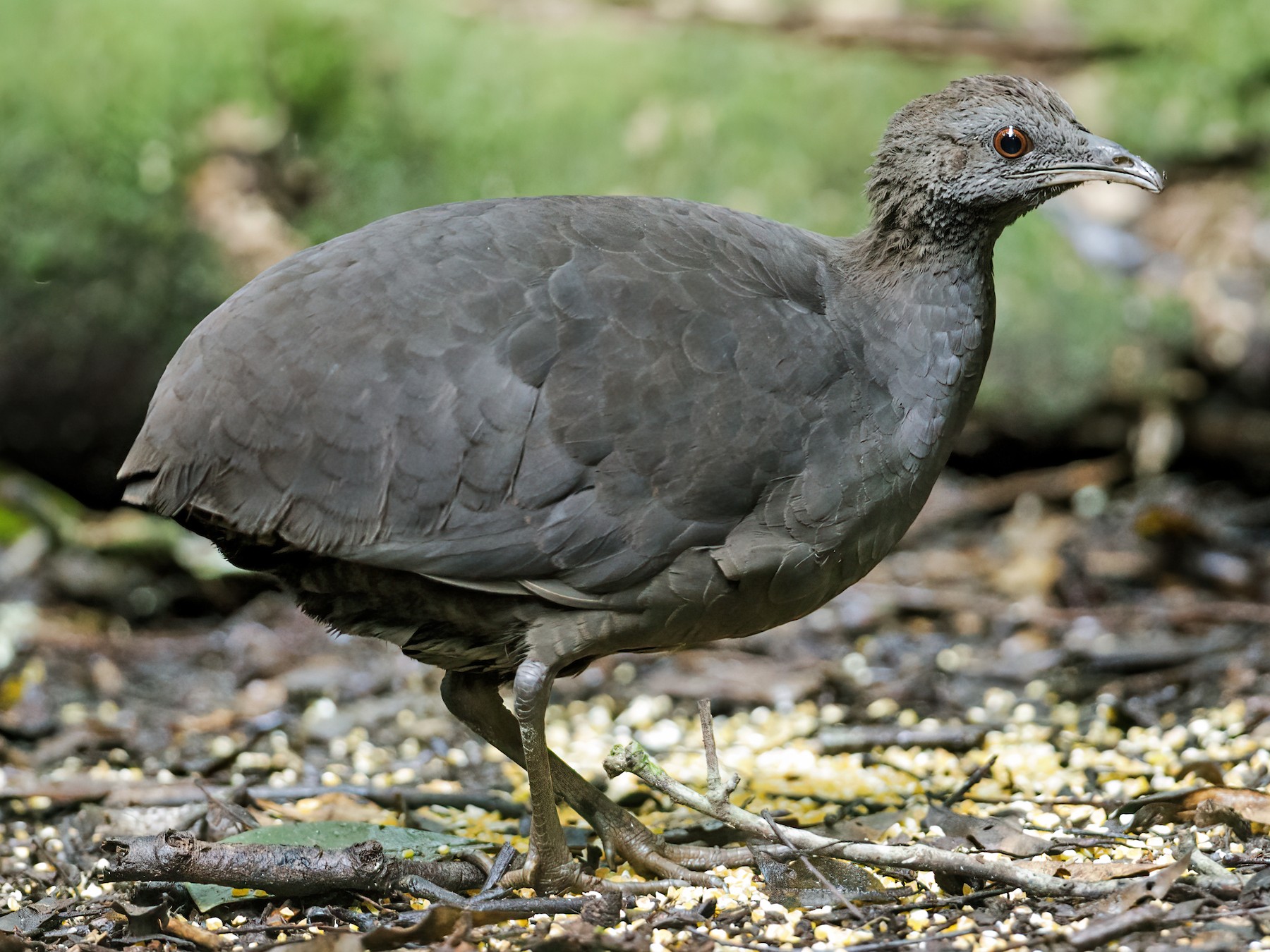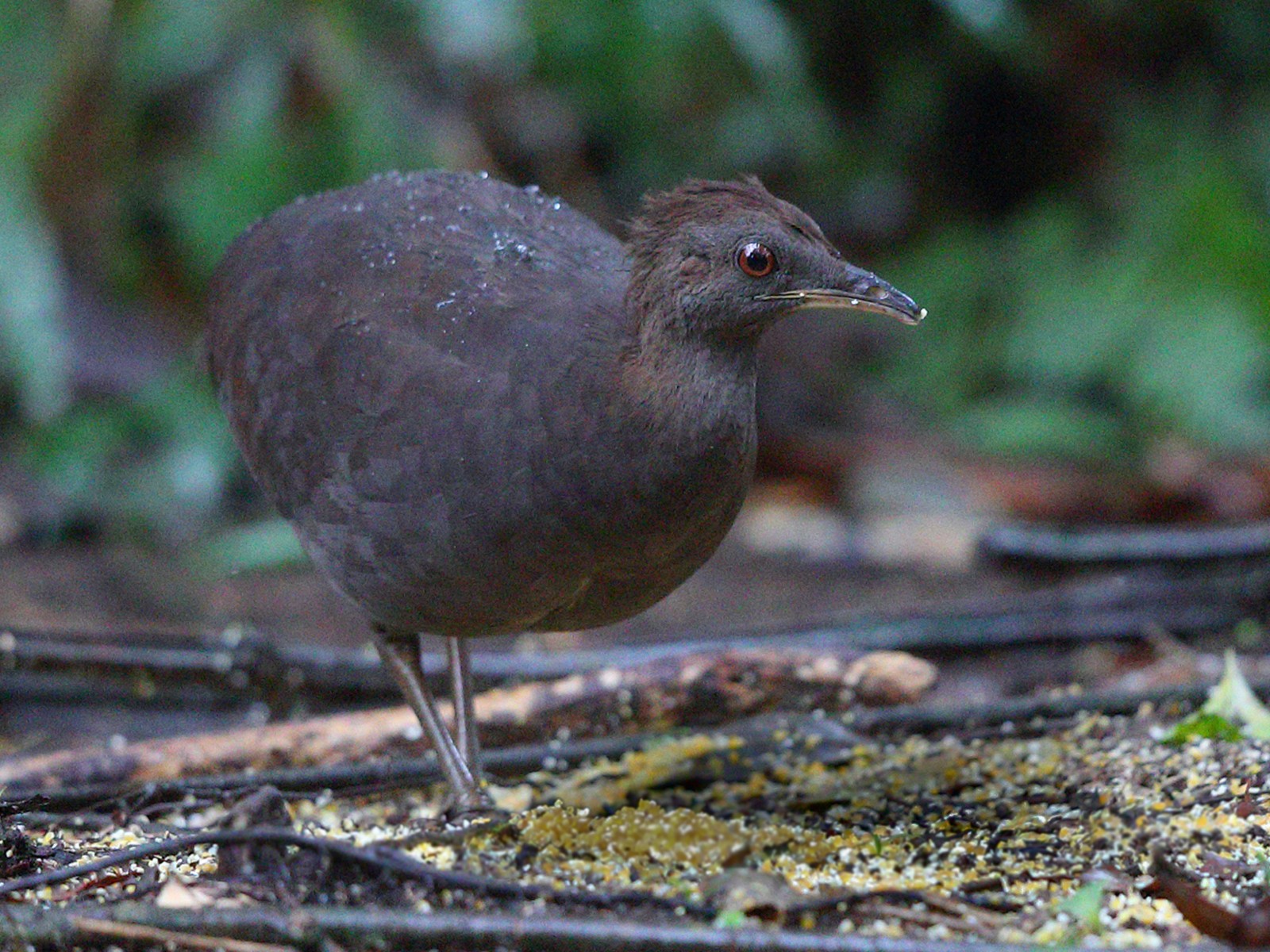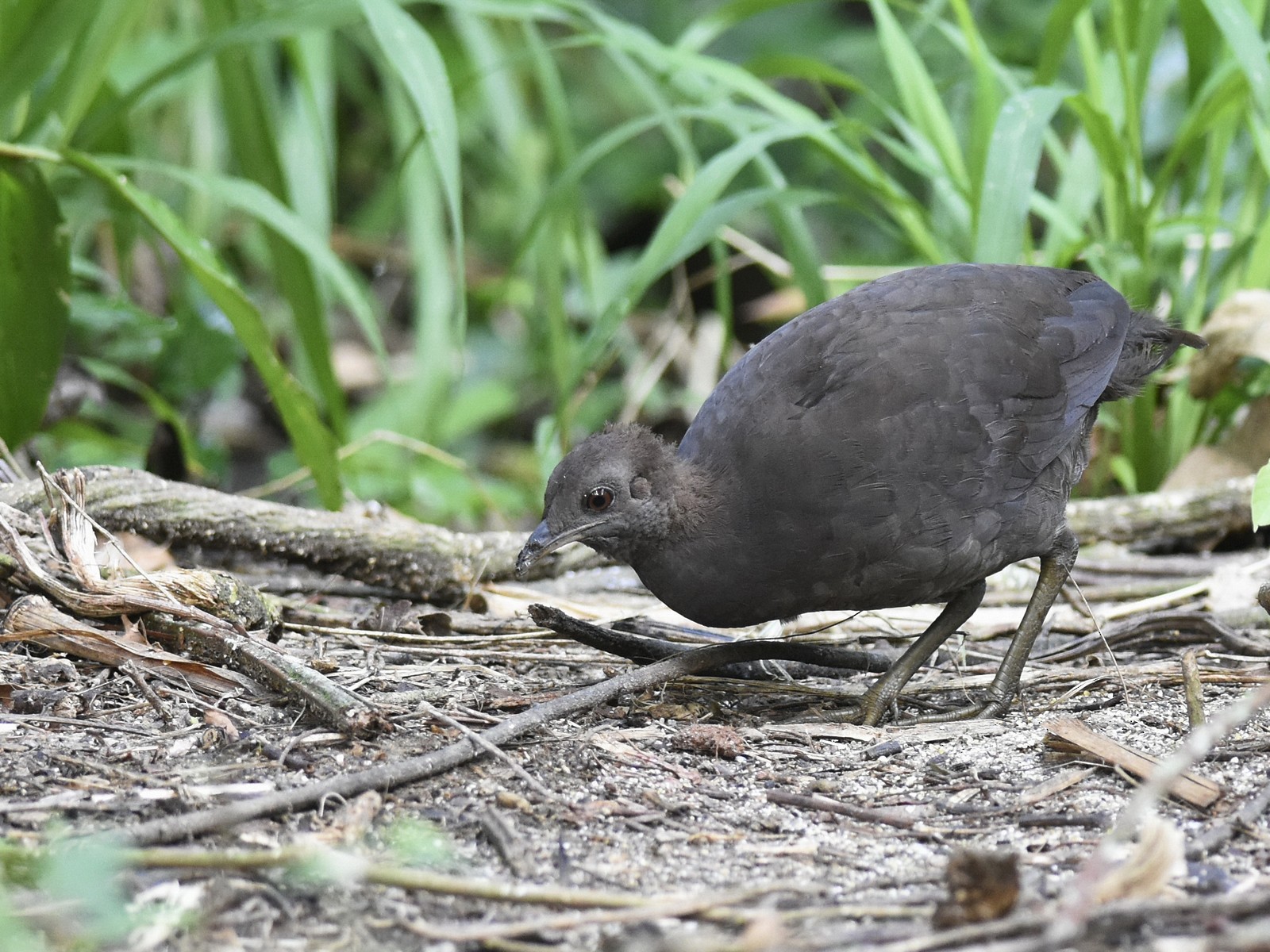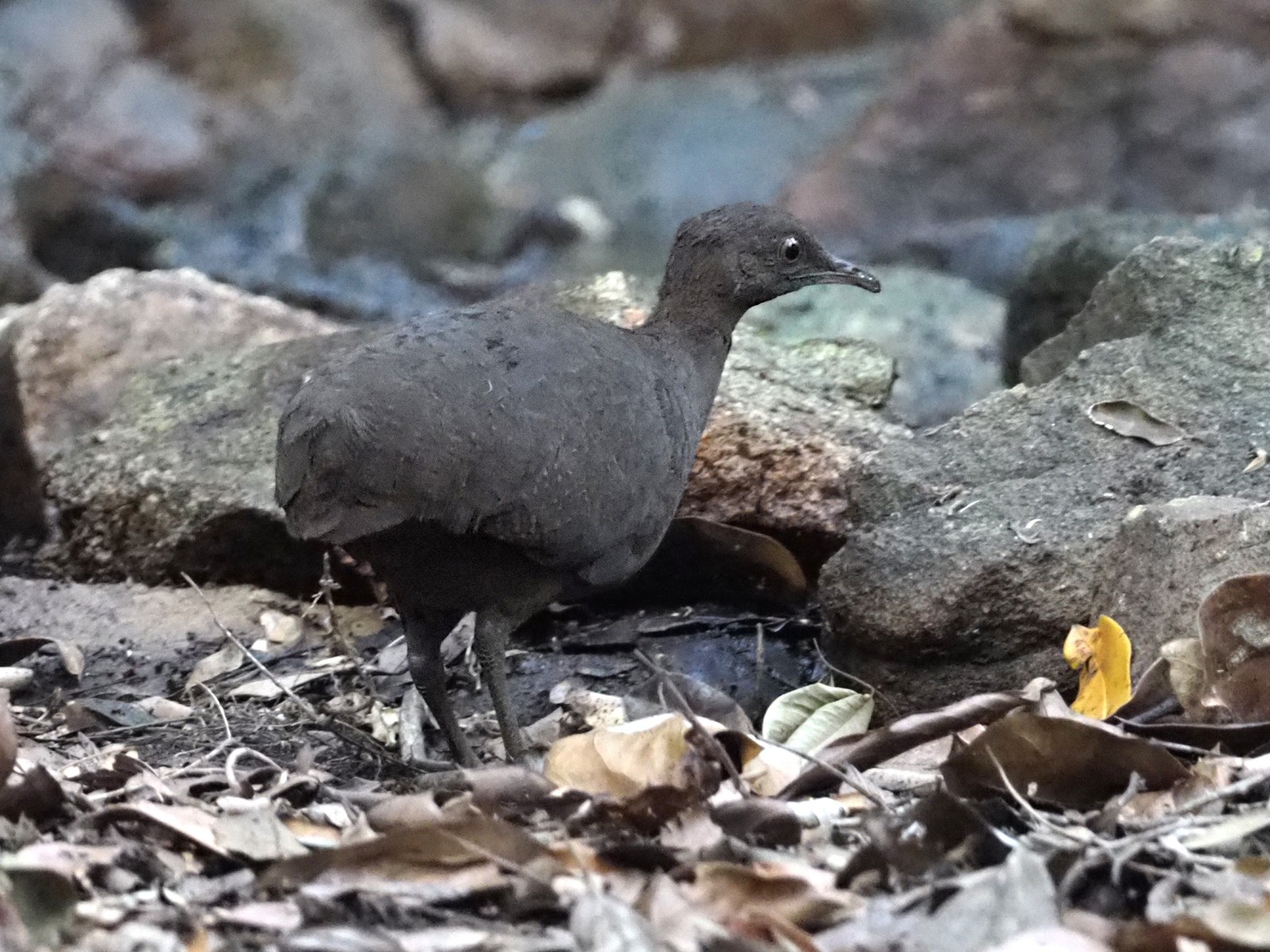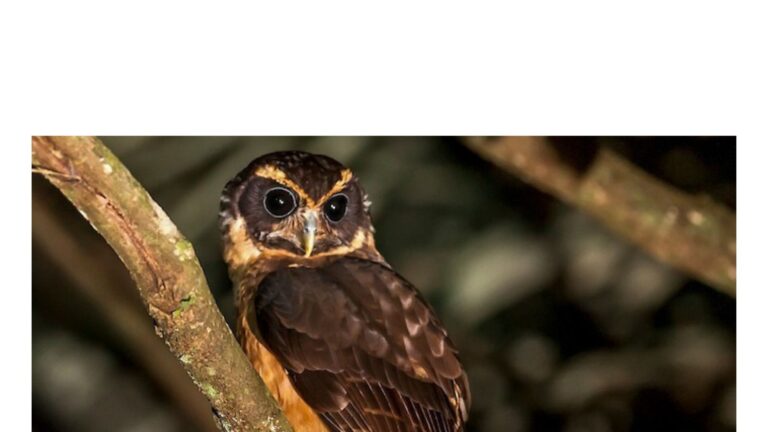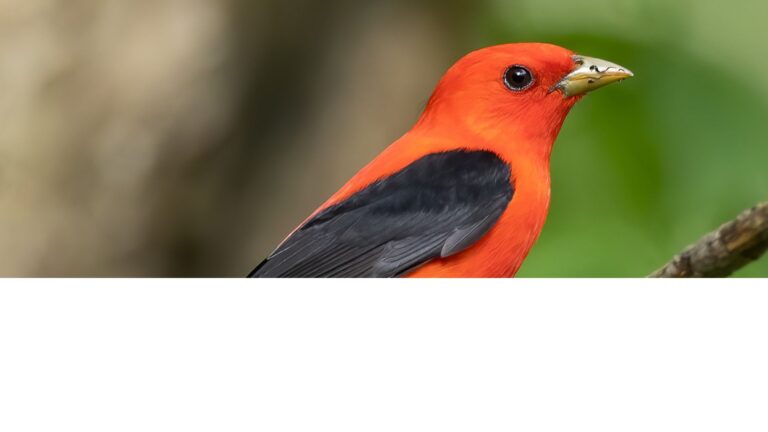Cinereous Tinamou: Unveiling the Secrets of an Elusive Bird
The Cinereous Tinamou, known scientifically as Crypturellus cinereus, is a fascinating bird that captures the interest of wildlife enthusiasts and researchers alike. This medium-sized bird is native to the forests and grasslands of South America, thriving in areas where vegetation offers shelter and food. Observing its behavior and vocalizations gives insight into its role in the ecosystem.
The Cinereous Tinamou belongs to the order Tinamiformes, which includes several species known for their distinctive calls and elusive nature. These birds are not easily spotted due to their cryptic coloration and preference for dense cover, making them a thrilling challenge for birdwatchers. Their vocalizations, often described as soft and resonant, play a crucial role in communication, especially during the breeding season.
As the conservation of habitats becomes increasingly important, the Cinereous Tinamou serves as a reminder of the delicate balance in nature. Protecting its environment ensures the survival of not just this unique bird but also the numerous species that share its habitat.
Key Takeaways
- The Cinereous Tinamou thrives in dense South American forests and grasslands.
- It is known for its distinct vocalizations that are vital for communication.
- Habitat protection is essential for the survivability of this species and its ecosystem.
Taxonomy and Classification
The taxonomy and classification of the Cinereous Tinamou provide insight into its evolutionary history and relationships within the bird kingdom. This section will explore its family, genus, and species distinctions.
Family Tinamidae
The Cinereous Tinamou belongs to the family Tinamidae, which is one of the oldest families of living birds. Tinamids are unique in their evolutionary history, with fossils dating back to the late Paleocene, around 60 million years ago.
These birds are characterized by their stout bodies, strong legs, and a somewhat secretive nature. They are primarily found in Central and South America, thriving in various habitats such as forests and grasslands.
The family Tinamidae includes approximately 47 species, all of which exhibit similar traits, such as their distinctive vocalizations and nesting behaviors.
Genus Crypturellus
Within the family Tinamidae, the Cinereous Tinamou is classified under the genus Crypturellus. This genus includes several species of tinamous, each adapted to specific environments in their range.
Crypturellus species tend to be secretive and are mostly ground-dwelling. They have short, rounded wings and prefer dense cover, which offers protection from predators. The genus is also known for its varied diet, consisting of seeds, fruits, and insects.
Cinereous Tinamou is specifically found in various regions of South America, particularly in places with moist, shaded environments.
Species Distinction
The species distinction of the Cinereous Tinamou is based on its physical characteristics and genetic makeup. It is recognized for its grayish-brown plumage, which provides effective camouflage in the forest underbrush.
Cinereous Tinamou differs from other species in the genus both morphologically and behaviorally. Its call is distinct and serves as a means of communication during the breeding season.
Research continues to investigate the genetic relationships among species within the Crypturellus genus, enhancing the understanding of their evolutionary history and conservation status.
Overall, the classification of the Cinereous Tinamou underscores its significance within the avian family structure and highlights the diversity of tinamous as a whole.
Habitat and Distribution
The Cinereous Tinamou is closely tied to specific habitats within the Amazon basin. Understanding its geographic range and habitat preferences is crucial for conservation efforts.
Amazon Basin
The Amazon Basin is a rich ecosystem that supports a wide variety of wildlife, including the Cinereous Tinamou. This species primarily inhabits regions within countries like Ecuador, Colombia, and Brazil.
In this basin, forests and wetlands provide essential resources for the tinamou. The humid environment promotes the growth of vegetation that is vital for nesting and foraging. Areas with dense underbrush are preferred as they offer cover from predators.
Geographic Range
The geographic range of the Cinereous Tinamou extends through several South American countries. In Colombia, it can be found in the Amazon region, while in Brazil, its presence is noted in the northern part of the country.
Ecuador also hosts this species, particularly in areas rich in varzea forests. These forests are floodplain regions that support a unique array of plant and animal life.
The distribution is impacted by habitat loss and fragmentation, making conservation efforts important.
Habitat Preferences
Cinereous Tinamous thrive in wet habitats, particularly in floodplain forests. They prefer areas with a combination of forested environments and water sources, making varzea forests an ideal habitat.
These habitats provide ample food sources, such as seeds and fruits. The dense vegetation offers necessary protection from predators.
The bird’s ability to adapt to various microhabitats within these forests also contributes to its survival. However, they avoid extremely dry or heavily disturbed areas, focusing on regions that support rich biodiversity.
Conservation Status
The conservation status of the Cinereous Tinamou is important for understanding its survival and protection. This section details its IUCN classification, the factors threatening its existence, and efforts being made for its conservation.
IUCN Classification
The Cinereous Tinamou (Crypturellus cinereus) is classified as “Least Concern” by the IUCN Red List. This means it is not currently facing the risk of extinction. However, populations may vary regionally, and ongoing monitoring is essential.
The designation is based on the bird’s relatively stable population and wide distribution across its habitat in the Brazilian Amazon and neighboring regions. Despite not being endangered, conservationists remain vigilant to protect this species.
Threatening Factors
Several threats impact the Cinereous Tinamou’s habitat and population. Deforestation for agriculture and logging is the primary concern. As forest cover decreases, tinamous lose their habitat, leading to population declines.
Climate change also poses risks, altering their preferred environments. Increased temperatures and changing rainfall patterns can affect food availability and nesting sites. Additionally, hunting in some areas threatens local populations.
Awareness of these factors is crucial for implementing effective conservation strategies.
Conservation Efforts
Conservation efforts for the Cinereous Tinamou focus on habitat protection and restoration. Organizations work to establish protected areas in the Amazon to safeguard ecosystems essential for their survival.
Community engagement plays a vital role in conservation. Local groups are educated about sustainable land use, reducing deforestation and promoting biodiversity.
Research collaborations also help monitor tinamou populations and their habitats. By gathering data, conservationists can develop informed strategies to address threats. Promoting ecotourism can further support conservation initiatives, providing an economic incentive to protect natural areas.
Reproductive Biology
The reproductive biology of the Cinereous Tinamou involves unique nesting behaviors and specific egg characteristics. These aspects are crucial for understanding their breeding success and habitat preferences.
Nesting Behaviors
Cinereous Tinamous typically nest on the ground, using dense vegetation for cover. They prefer sites that provide safety from predators and elements.
Mating pairs often work together to create a nest. They select a shallow depression in the soil and may line it with grass and leaves. The female usually lays a clutch of 2 to 5 eggs, which she incubates primarily.
The male may also play a role during incubation by guarding the nest and protecting it from threats. This cooperative behavior increases the chances of the eggs hatching successfully.
Egg Characteristics
The eggs of the Cinereous Tinamou are notable for their unique features. They are generally oval-shaped, with a smooth texture and a hard shell that offers protection.
Egg coloration can vary from pale green to light brown, often with speckles or blotches, providing camouflage against predators. Each egg measures approximately 4 to 5 centimeters in length.
The incubation period lasts around 18 to 20 days. Once hatched, the chicks are precocial, meaning they are relatively mature and mobile, allowing them to leave the nest shortly after birth. This early independence is vital for their survival in the wild.
Notable Species Comparisons
This section examines the distinct characteristics of related tinamou species. Focusing on the Undulated Tinamou, Pale-browed Tinamou, and Little Tinamou, it highlights their unique traits and habitats.
Undulated Tinamou
The Undulated Tinamou (Crypturellus undulatus) is known for its striking plumage and distinct markings. Found primarily in lowland forests across Central and South America, it prefers dense underbrush where it feeds on seeds, fruits, and insects.
This species exhibits a unique behavior of being more active during dawn and dusk. Its vocalizations often echo through the forests, adding to the ecosystem’s soundscape. The Undulated Tinamou’s adaptability to various habitats, from humid lowlands to drier regions, helps sustain its population.
Pale-browed Tinamou
The Pale-browed Tinamou (Crypturellus transfasciatus) features a distinguished pale brow which sets it apart from similar species. This tinamou is typically found in the lowland forests of Amazonian regions and is accustomed to slightly wetter environments.
It forages primarily on the forest floor, targeting fallen fruits and seeds. Their elusive nature makes them less frequently observed, but they are known for their distinctive calls that can resonate through thick foliage. The Pale-browed Tinamou’s reliance on specific habitats highlights its role in the ecosystem as it helps disperse seeds and maintain forest diversity.
Little Tinamou
The Little Tinamou is an easily recognizable species due to its smaller size and subtle coloring. Found in a variety of habitats, including grasslands and moist forests, it is highly adaptable.
Unlike some of its relatives, the Little Tinamou is more common and provides a familiar sight for bird watchers. It is known for its herbivorous diet, which includes seeds and various plants. This species shows a unique ability to blend into its surroundings, allowing it to evade predators while foraging. Its adaptable behavior contributes significantly to its survival across diverse ecosystems.
Audio and Vocalization
The vocalizations of the Cinereous Tinamou are distinct and play an important role in their behavior. These sounds serve purposes such as signaling territory, attracting mates, and communicating with others in the area.
Calls and Songs
Cinereous Tinamou produces a variety of calls that vary in pitch and length. Typically, their vocalizations consist of low and soft sounds. These can include a series of rhythmic beats or repetitive notes.
Researchers have documented these vocalizations on platforms like Xeno-Canto where enthusiasts can listen to and share bird sounds globally. This platform houses various recordings, allowing listeners to experience the unique nature of tinamou sounds from the Peruvian Amazon.
Communication Patterns
Communication among Cinereous Tinamou is primarily vocal. These birds often call to signal their presence, especially during the mating season. Their calls help establish territories and maintain social bonds.
They may also use calls to alert each other to potential dangers. This behavior showcases their adaptive communication strategies, crucial for survival in dense forest habitats. For those interested, resources like Birdlife provide further insights into the vocal behavior and ecology of this species.
Frequently Asked Questions
This section addresses common inquiries about the Cinereous Tinamou and tinamous in general. It covers their characteristics, habitat preferences, predators, ecological roles, population status, and reproductive habits.
What are the distinctive characteristics of tinamous?
Tinamous are known for their unique body shape and structure. They have a compact body with a small head and long legs. Their feathers are often mottled, providing effective camouflage in their natural habitats.
What habitat preferences do tinamou species generally have?
Tinamous prefer dense forests and woodlands, where they can find cover and food. They are often found in tropical and subtropical environments. Some species may also inhabit grasslands or savanna areas.
Which predators typically hunt tinamou birds?
Tinamous face threats from various predators. Common hunters include birds of prey, such as hawks and eagles. Other predators may include snakes and larger mammals that can catch them on the ground.
How do tinamous contribute to their ecosystem?
Tinamous play a vital role in their ecosystems by aiding seed dispersal. As they consume fruits and seeds, they help promote plant growth and diversity. Their presence also supports the food web, providing sustenance for predators.
What is the population status of various tinamou species?
The population status of tinamous varies by species. Some are common and stable, while others face threats from habitat loss and hunting. Conservation efforts are important for protecting endangered species and maintaining their populations.
How do tinamous reproduce and raise their offspring?
Tinamous typically form monogamous pairs during the breeding season. The male often takes responsibility for incubating the eggs and caring for the chicks. This unique behavior helps ensure the survival of the young in their natural environment.
